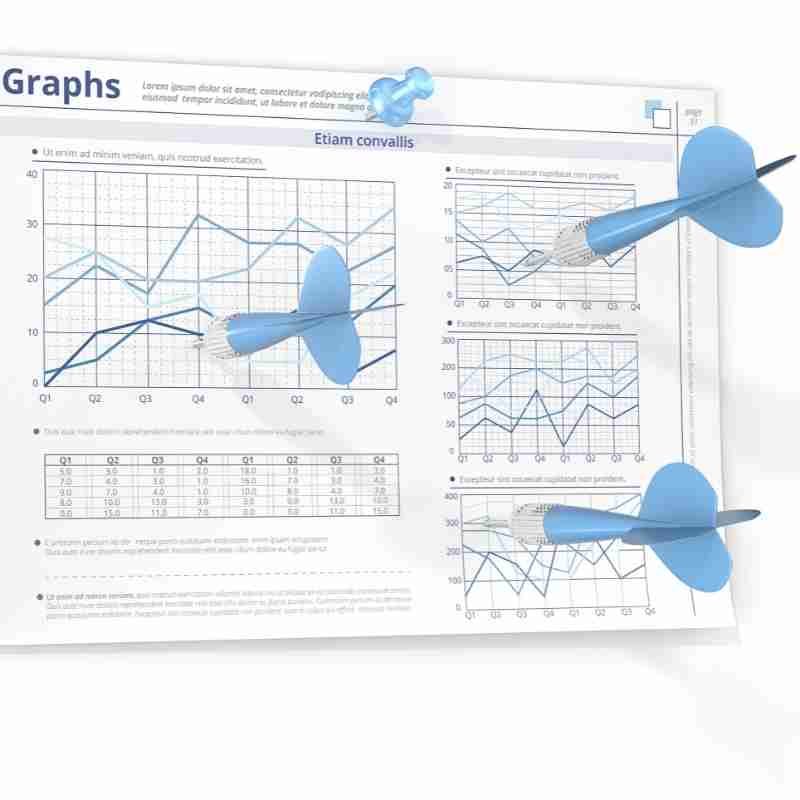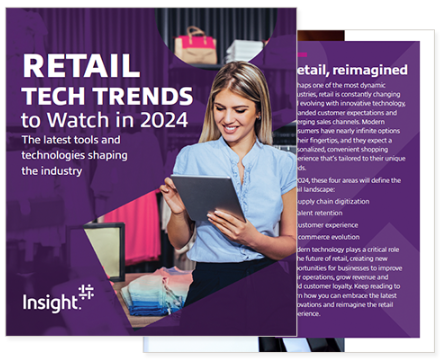Retail demand forecasting uses data and insights to predict how much of a particular product or service a customer will want to buy over a given period of time. This predictable method of analysis helps retailers understand how much inventory they have at any one time.
What is demand forecasting?
Demand forecasting is very different from demand forecasting. Demand forecasting is when you know exactly what you need to have in stock for customers to purchase that product or service. Demand forecasting includes knowing what is needed to maximize revenue for the time of year and ensure product shelf life is preserved.
Example: At Wal-Mart (NYSE:WMT), supply-chain managers forecast demand, while sales managers assign specific quantities to their team. As orders are placed and workers go about their day, they prioritize the products that should be on the shelves first and prioritize products that have been marked as sold-out in the past. Some managers then will get their inventory numbers and replenishment orders and deploy them accordingly.
The benefits of demand forecasting
Forecasting is important for a number of reasons. For one, it helps retailers prepare for upcoming sales and set pricing. Knowing what kind of products customers want to buy will give retail leaders a good idea of where their stores need to put their products in order to meet demand. Additionally, demand forecasting allows retailers to plan future growth for products. Retailers who predict future trends in the industry can better anticipate what customers will want. This will enable them to appropriately allocate their resources in order to expand their businesses. Odds are, retail leaders will not have all the information needed to forecast demand. They will have to rely on third-party data such as survey research or online retailer analytics.
The challenges of demand forecasting
There are main challenges for retailers when it comes to demand forecasting. The amount of data that retailers possess today, they face a huge challenge of classifying and categorizing it. It’s an extremely challenging task that usually requires a lot of time and expertise. This is where data aggregation comes into play. Instead of having a manual process of classifying the data, it becomes simpler to identify trends, understand customer behavior, and predictions for what products will sell, for how much, and how quickly they will sell. The ability to create and sell this product allows retailers to be able to raise their visibility to potential customers and capture sales opportunities.
Demand forecasting in retail
There are many different ways to forecast demand, including
- Analysis of historical data to predict future sales and profitability.
- Analysis of customer habits, including customer shopping habits, purchase frequency, and the frequency and length of customer visits.
- Analyzing competitor activity. Customer feedback. Regional sales forecasts. Analysis of the supply chain. Market intelligence.
- Analyzing competitors’ financial reports. Customer relationship management. Customer analytics.
Simply put, demand forecasting is a way to predict how much demand a retailer will have, which helps determine what products to stock in their stores.
Conclusion
It’s clear that the use of data is having a major impact on the retail landscape. As consumer trends change, retailers must react by quickly shifting their strategies and planning. If retailers do not have a solid understanding of where their customers are going, they will not be successful. For retailers who want to succeed in a shifting retail landscape, it is key that they use data analytics to identify trends and take effective action. There has been a strong shift in the retail industry recently as businesses adapt to the ever-changing trends and customer demands. Customers are becoming more informed than ever, making it vital for companies to have up-to-date insights and strategies. There are many ways that retailers use data to identify trends and take effective action.








